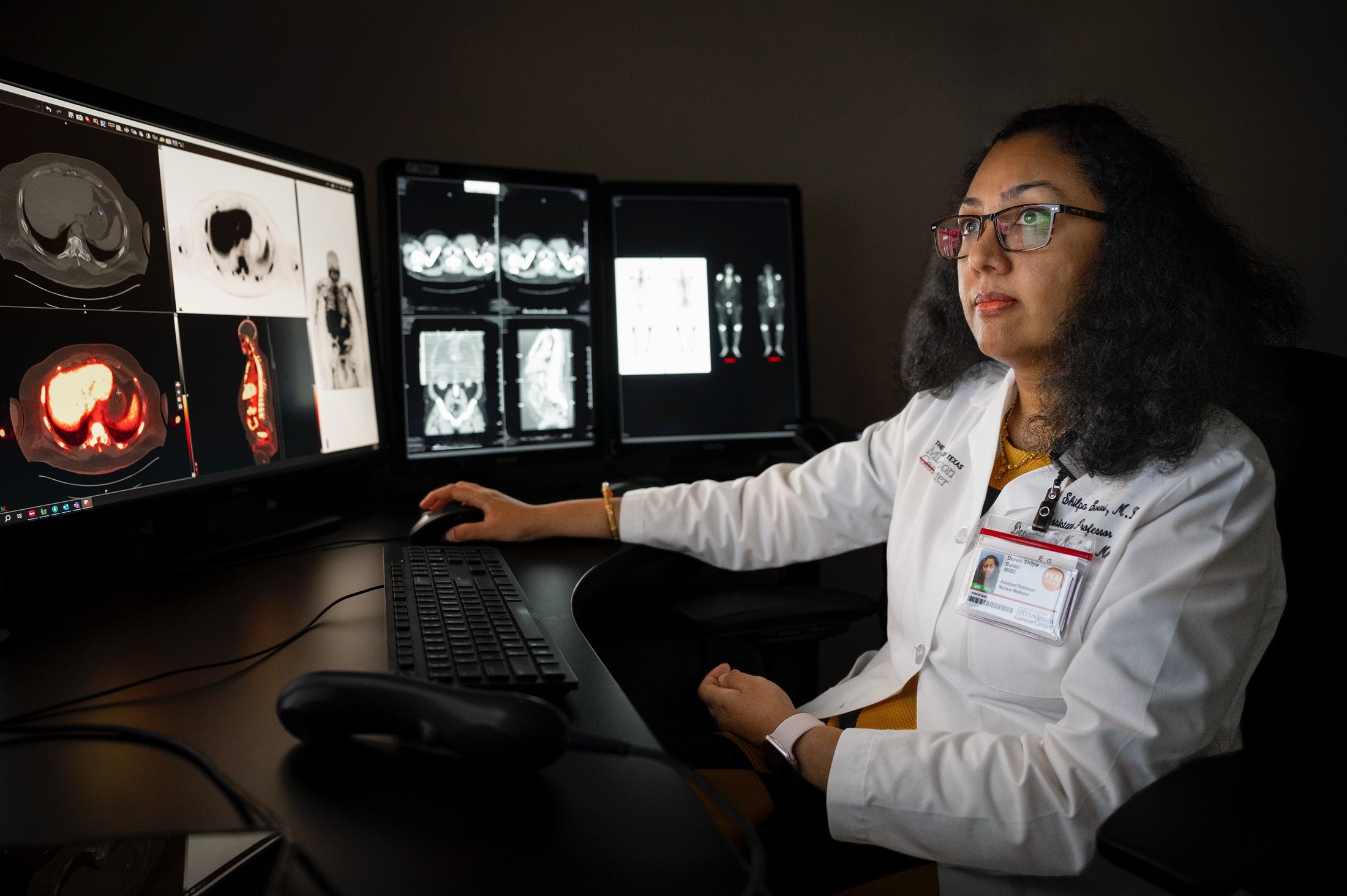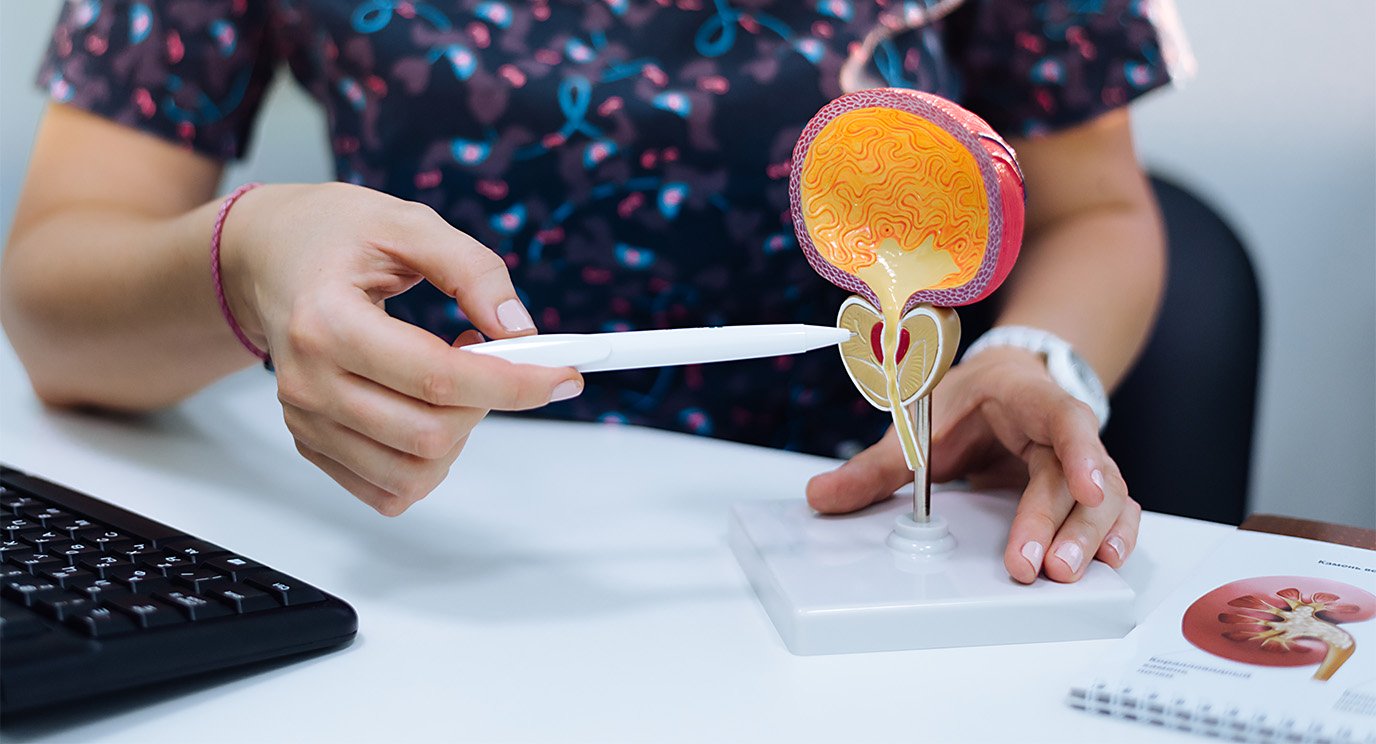- Diseases
- Acoustic Neuroma (14)
- Adrenal Gland Tumor (24)
- Anal Cancer (66)
- Anemia (2)
- Appendix Cancer (16)
- Bile Duct Cancer (28)
- Bladder Cancer (68)
- Brain Metastases (28)
- Brain Tumor (228)
- Breast Cancer (714)
- Breast Implant-Associated Anaplastic Large Cell Lymphoma (2)
- Cancer of Unknown Primary (4)
- Carcinoid Tumor (8)
- Cervical Cancer (154)
- Colon Cancer (164)
- Colorectal Cancer (110)
- Endocrine Tumor (4)
- Esophageal Cancer (42)
- Eye Cancer (36)
- Fallopian Tube Cancer (6)
- Germ Cell Tumor (4)
- Gestational Trophoblastic Disease (2)
- Head and Neck Cancer (6)
- Kidney Cancer (124)
- Leukemia (344)
- Liver Cancer (50)
- Lung Cancer (288)
- Lymphoma (284)
- Mesothelioma (14)
- Metastasis (30)
- Multiple Myeloma (98)
- Myelodysplastic Syndrome (60)
- Myeloproliferative Neoplasm (4)
- Neuroendocrine Tumors (16)
- Oral Cancer (100)
- Ovarian Cancer (170)
- Pancreatic Cancer (166)
- Parathyroid Disease (2)
- Penile Cancer (14)
- Pituitary Tumor (6)
- Prostate Cancer (144)
- Rectal Cancer (58)
- Renal Medullary Carcinoma (6)
- Salivary Gland Cancer (14)
- Sarcoma (236)
- Skin Cancer (294)
- Skull Base Tumors (56)
- Spinal Tumor (12)
- Stomach Cancer (60)
- Testicular Cancer (28)
- Throat Cancer (90)
- Thymoma (6)
- Thyroid Cancer (98)
- Tonsil Cancer (30)
- Uterine Cancer (78)
- Vaginal Cancer (14)
- Vulvar Cancer (18)
- Cancer Topic
- Adolescent and Young Adult Cancer Issues (20)
- Advance Care Planning (10)
- Biostatistics (2)
- Blood Donation (18)
- Bone Health (8)
- COVID-19 (362)
- Cancer Recurrence (120)
- Childhood Cancer Issues (120)
- Clinical Trials (622)
- Complementary Integrative Medicine (24)
- Cytogenetics (2)
- DNA Methylation (4)
- Diagnosis (226)
- Epigenetics (6)
- Fertility (62)
- Follow-up Guidelines (2)
- Health Disparities (14)
- Hereditary Cancer Syndromes (122)
- Immunology (18)
- Li-Fraumeni Syndrome (8)
- Mental Health (118)
- Molecular Diagnostics (8)
- Pain Management (64)
- Palliative Care (8)
- Pathology (10)
- Physical Therapy (18)
- Pregnancy (18)
- Prevention (886)
- Research (388)
- Second Opinion (74)
- Sexuality (16)
- Side Effects (602)
- Sleep Disorders (10)
- Stem Cell Transplantation Cellular Therapy (216)
- Support (404)
- Survivorship (322)
- Symptoms (186)
- Treatment (1770)
Prostate biopsy explained: Process, recovery and results
5 minute read | Published October 22, 2024
Medically Reviewed | Last reviewed by Justin Gregg, M.D., on October 22, 2024
A prostate biopsy is a procedure that helps diagnose prostate cancer. The prostate is a gland found only in males and is part of the reproductive system.
Prostate cancer is the most common cancer in males. It’s also one of the most treatable cancers since it’s usually caught before the cancer has spread. Here, I’ll answer common questions about prostate biopsies.
Why would my doctor order a prostate biopsy?
Your doctor will order a prostate biopsy if they suspect you may have prostate cancer.
This usually comes after screening for prostate cancer using a blood test called a prostate-specific antigen (PSA), which is used to evaluate your risk for prostate cancer. Sometimes we’ll perform a biopsy after an MRI of the prostate. MRI images can show areas of concern on the prostate, and they can also show us what areas to target on the prostate biopsy.
Are there different types of prostate biopsies?
There are different ways to perform a prostate biopsy. Your doctor will select the biopsy that is most appropriate for your situation. At MD Anderson, we do the two types of prostate biopsies.
Transrectal biopsy
During a transrectal biopsy, a live imaging device called an ultrasound probe is inserted through the rectum. Your doctor then uses the image of your prostate to guide them as they take multiple tissue samples. This is the most common prostate biopsy done in the United States.
Transperineal biopsy
During a transperineal biopsy, the ultrasound probe is again inserted through the rectum. However, the biopsies are taken through the skin between the scrotum and anus. This is called the perineum. It provides a slightly different angle of the prostate than a transrectal biopsy. Your doctor will use the image of your prostate to guide them as they take multiple tissue samples.
In some cases, we perform a systematic biopsy, which takes random prostate tissue samples. We may also do a targeted biopsy. This is when we use technology or other methods to target areas of concern found on the MRI that was done before a transrectal or transperineal biopsy.
You may get a transperineal saturation biopsy if your PSA level rises after you’ve had standard biopsies that were negative. A saturation biopsy allows us to take more prostate tissue samples than a standard biopsy.
What can I expect during a prostate biopsy?
Preparation for your prostate biopsy will depend on the type of biopsy recommended for you. Your doctor will give you specific instructions on how to prepare.
Before your biopsy, you may be asked to:
- Get clearance from your primary doctor or cardiologist to hold off on taking blood-thinning medications prior to the biopsy.
- Do an enema at home. You inject a fluid into your bottom to cleanse the rectum and clear it of any stool.
- Take antibiotics to help prevent infection. These are usually given right before the prostate biopsy.
- Start a short-term medication to help with urination after the procedure if your prostate becomes swollen. This may be done if we sedate you for the biopsy.
The prostate biopsy procedure
At MD Anderson, we can perform a prostate biopsy in a clinic or as an outpatient procedure in one of our operating rooms. You can choose to be fully awake or gently sedated during the procedure. The type of biopsy you receive will depend on what’s recommended by your doctor.
For the awake procedure, you will change into a gown and lie on your left side with your knees tucked toward your chest.
The doctor will insert an ultrasound imaging device into your rectum to view your prostate. You will feel some pressure on your bottom, which may cause discomfort. The doctor will insert a medication to numb the areas of the prostate that will be sampled.
We always tell patients what the biopsy will sound like, so they’re not surprised when they hear it. It’s a long, spring-loaded needle that fits through the probe and makes a loud clicking noise when we take a tissue sample. Your doctor may take 12 to 15 or more tissue samples to biopsy.
The entire procedure, even when using targeting technologies, may take up to 30 minutes.
Managing pain
The main source of discomfort during the procedure is when the probe enters the body. But because we use a numbing agent on the prostate, you should feel minimal amounts of pain while the tissue is being sampled.
If you have significant anxiety or trauma, we can offer gentle sedation. This may be monitored anesthesia or general anesthesia. An anesthesiologist will speak with you to decide which option is best. This is also helpful if we’re doing extensive transperineal sampling and for some fusion biopsies.
Recovery after the procedure
We recommend that you avoid vigorous activity for a day or two after your biopsy. But you can resume most normal activities on the day of your biopsy.
After the procedure, you may experience the following symptoms:
- Blood in the stool
- Blood-tinged semen that may last for 8 to 12 weeks after biopsy
- Blood in the urine
- Difficulty with urination
These symptoms can last a few days to several weeks after the biopsy. Blood in the semen may even occur months after the biopsy.
If you have any soreness or discomfort in the biopsied area, we recommend taking acetaminophen. See a doctor immediately if you’re unable to urinate. This could indicate a more serious condition.
Getting your results
A pathologist will examine the biopsy tissue and share the results with your doctor. This can take about a week. Your doctor will go over the results with you and discuss the next steps.
A prostate biopsy that is negative for cancer can be very reassuring, but it doesn’t mean that you have a 0% risk of having or developing prostate cancer. So, you may still be followed closely. This could mean getting PSA screenings once a year or more frequently.
There’s also a chance the biopsy will show prostate cancer. But many prostate cancers are slow-growing and not likely to spread. In those cases, we would do active surveillance instead of treatment. This means we’ll closely monitor the cancer. We may have you do PSA screenings every six months and consider future MRIs, biopsies and possible treatment.
I always talk to patients before a prostate biopsy to discuss potential outcomes. No one wants to be diagnosed with prostate cancer, but if it happens, it may not shorten your life. For some, we can monitor it closely, and if there are any changes, we will be ready. For others, we may recommend additional workup and treatment.
Justin Gregg, M.D., is a urologic surgeon specializing in diagnosing and treating urologic malignancies.
Request an appointment at MD Anderson online or call 1-877-512-2461.

A prostate biopsy that is negative for cancer can be very reassuring, but it doesn’t mean that you have 0% risk of having or developing prostate cancer.
Justin Gregg, M.D.
Physician





